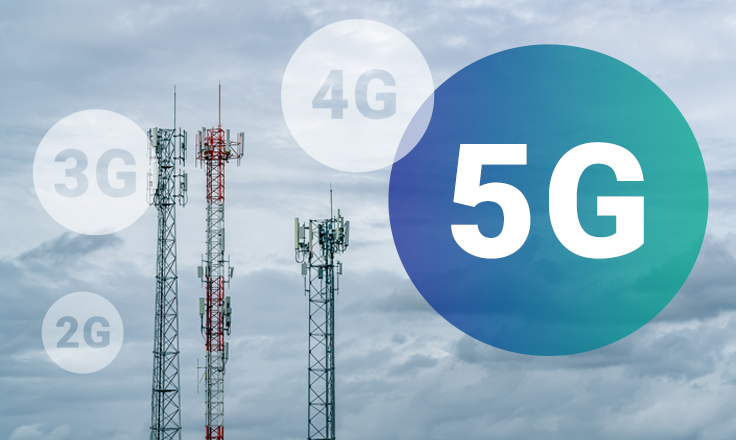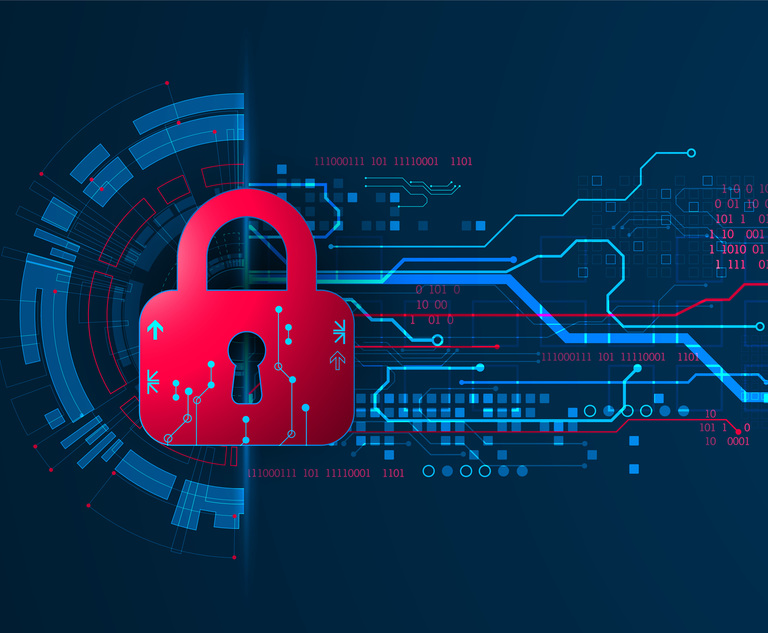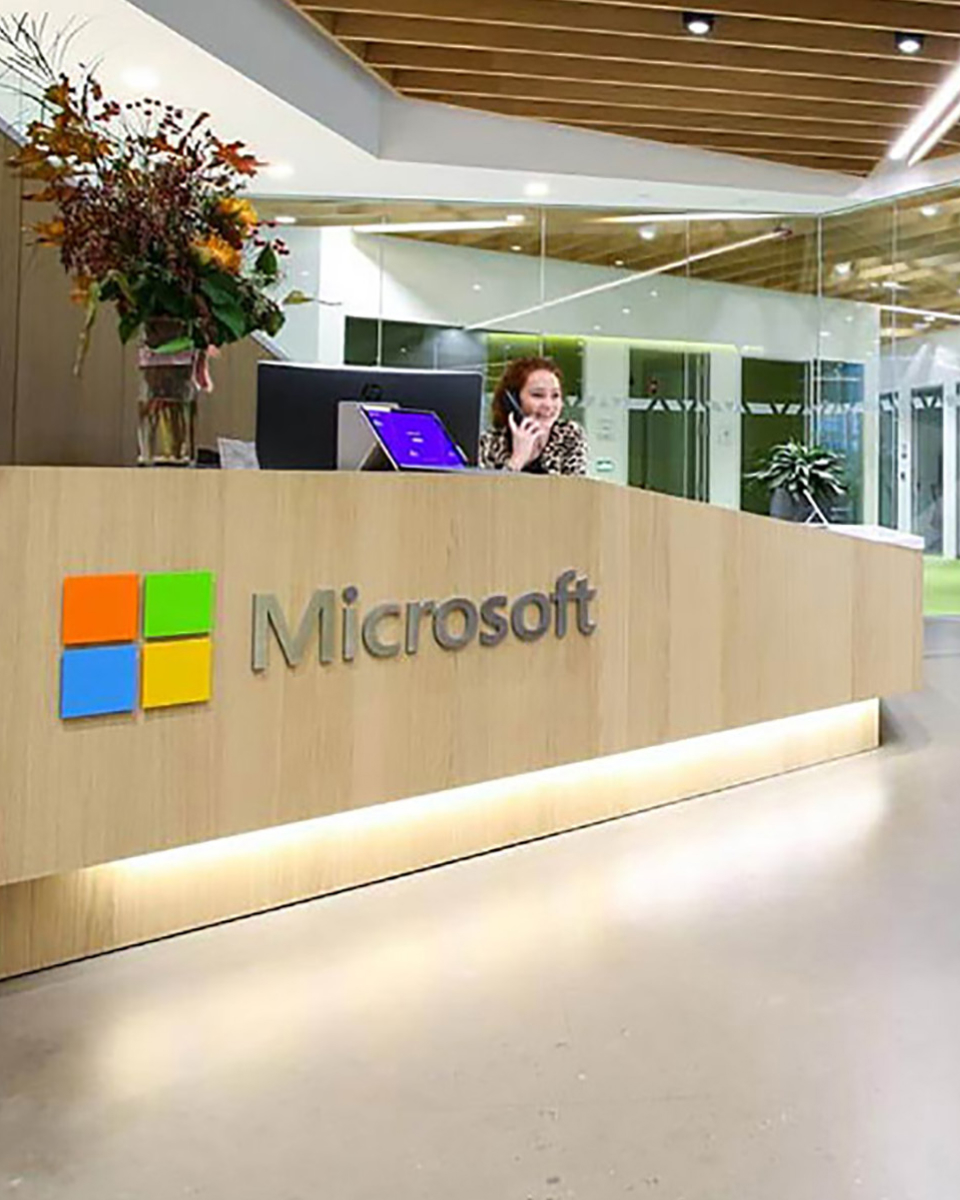
How 5G is Transforming Patient Care and Operations
Imagine a future where specialist consultations happen from the comfort of your living room, intricate surgeries are performed with pinpoint precision from miles away, and hospitals function with an efficiency never before seen. This isn't...

Data as an Asset to Drive Patient-Centricity and Operational Excellence

Overcoming Barriers in Healthcare Digital Transformations

From Email To Omnichannel: Transforming Campaigns Into Scalable Digital Marketing Strategies For Enhanced Engagement

PARTNER / REDOX
Up in the Cloud: Future-Proofing Healthcare Data with Cal Harris
Watch Video

Season 2 / Episode 2
Generative AI in Healthcare: Risks & Rewards | A Deep Dive with Raheel Retiwalla
Watch Video

Season 2 / Episode 1
The Johns Hopkins ACG® System And Its Impact On Population Health Management with Sarah Kachur
Watch Video

Harnessing Data to Drive Patient-Centricity and Operational Excellence

How Technology is Enabling Aging in Place

Digital Ecosystem Considerations for Mergers & Acquisitions in Healthcare

Prioritizing Patient Data Security with Azure Health Data Services

How to Leverage AI-Enabled Automation to Solve Biggest Challenges in Prior Authorization





